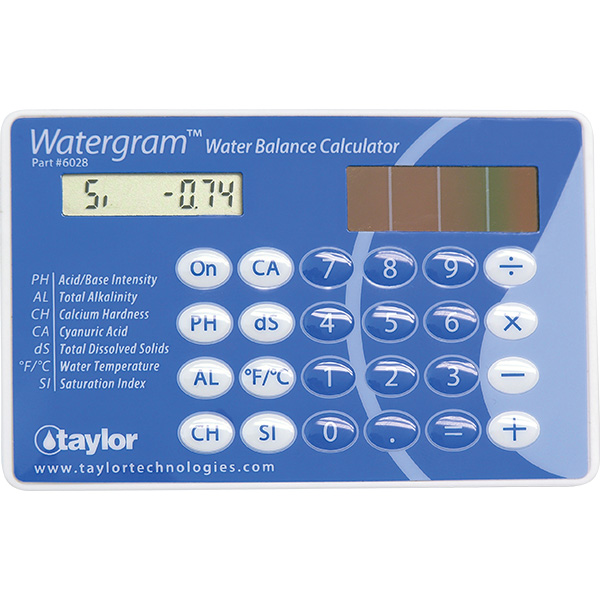Hi.
PB wants LSI at 0.0 - + .3 for warranty purposes.?
Is this the same as CSI?
If so, I am getting - .3 to -.5 pretty much and unsure how to adjust?
Plz advise.
My values are recorded so hopefully u can see them.
Thanks
Kathleen
PB wants LSI at 0.0 - + .3 for warranty purposes.?
Is this the same as CSI?
If so, I am getting - .3 to -.5 pretty much and unsure how to adjust?
Plz advise.
My values are recorded so hopefully u can see them.
Thanks
Kathleen







.png)
